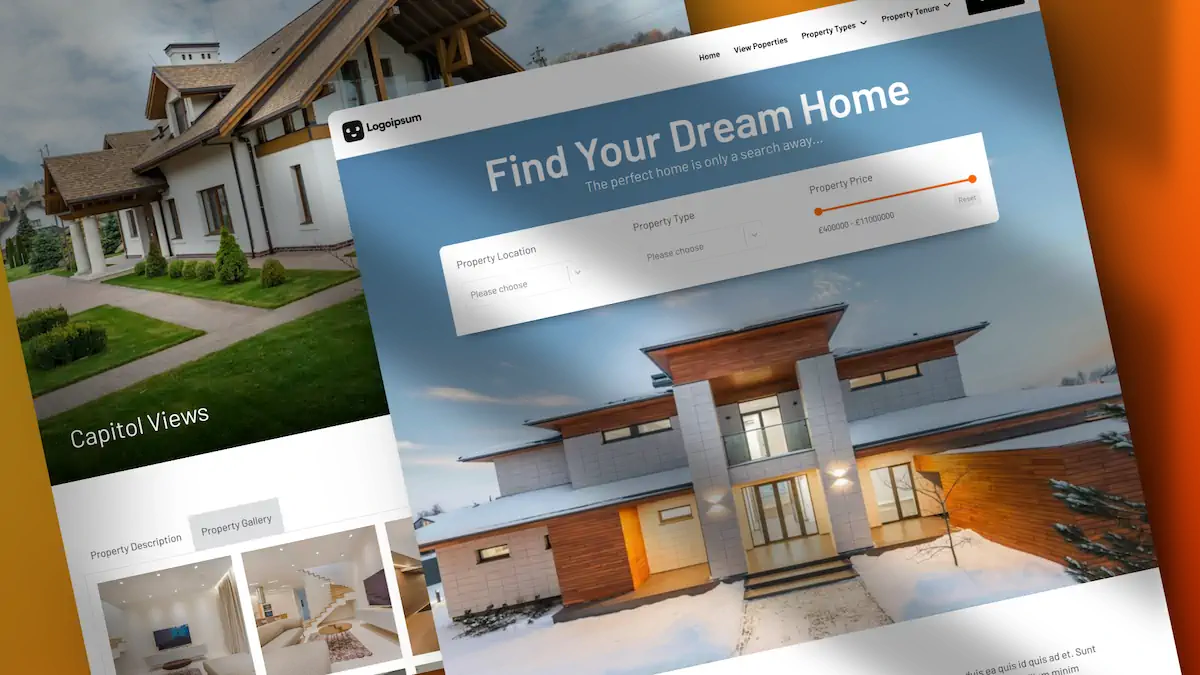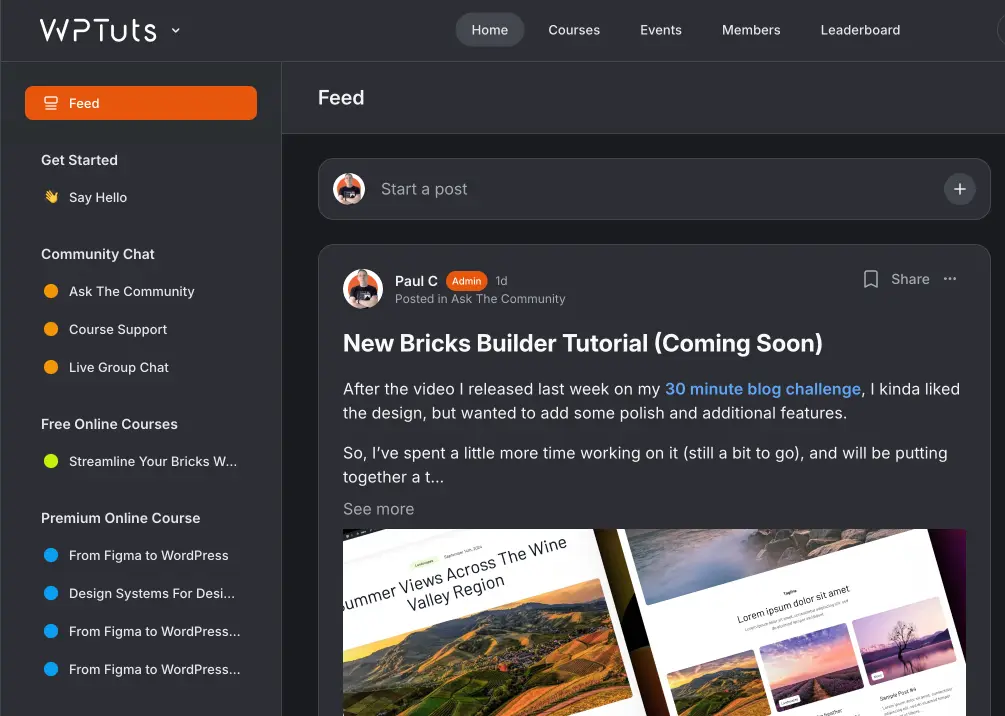Today, I’ll walk through how to use Bricks Builder to create a dynamic and visually appealing recipe blog. I’ll cover everything from setting up custom post types and taxonomies to designing templates and utilising advanced custom fields (ACF).
By the end of this guide, you’ll have a solid understanding of how to leverage Bricks Builder for real-world projects.
Setting Up the Foundation
1. Creating Custom Post Types
First, we need to create a custom post type for our recipes. We’ll use Advanced Custom Fields (ACF) Pro for this purpose.
- Step 1: Navigate to ACF and create a new post type named “Recipes.”
- Step 2: Configure the post type to be hierarchical and include fields like Title, Editor, Featured Image, and Custom Fields.
- Step 3: Ensure the post type has an archive by setting the archive slug to “Recipes.”
2. Adding Taxonomies
To organise our recipes, we’ll create a taxonomy called “Recipe Types.”
- Step 1: In ACF, go to the Taxonomies option and add a new taxonomy named “Recipe Types.”
- Step 2: Set it to hierarchical for better organisation.
- Step 3: Associate this taxonomy with the “Recipes” post type.
3. Creating Custom Meta Fields
Now, let’s add custom meta fields to our recipes for additional information like preparation time, calories, and more.
- Step 1: In ACF, create a new field group named “Recipe Extra Fields.”
- Step 2: Add fields for preparation time, yield, calories per serving, recipe overview, ingredients, and instructions.
- Step 3: Include a repeater field for nutritional information, allowing for dynamic entries.
Designing the Templates
1. Building the Archive Template
The archive template will display a list of all recipes.
- Step 1: In Bricks, create a new template named “Recipe Archive Template” and set the template type to “Archive.”
- Step 2: Configure the template settings to apply to the “Recipes” post type and taxonomies.
- Step 3: Design the layout using sections, containers, and blocks. Add dynamic data for the post title, featured image, and post content.
2. Styling the Archive
Enhance the archive’s appearance by applying global classes and styling.
- Step 1: Use BEM (Block, Element, Modifier) naming conventions for consistent class naming.
- Step 2: Apply styles to elements like headings, images, and excerpts.
- Step 3: Ensure accessibility by setting HTML tags appropriately (e.g., using unordered lists and list items).
3. Creating the Single Post Template
The single post template will display individual recipe details.
- Step 1: In Bricks, create a new template named “Single Recipe Template” and set the template type to “Single.”
- Step 2: Configure the template settings to apply to the “Recipes” post type.
- Step 3: Design the layout to include the post title, featured image, post content, and custom meta fields.
4. Adding Nutritional Information
Display nutritional information using the repeater field.
- Step 1: Add a rich text element for nutritional information.
- Step 2: Use dynamic data to pull in values from the repeater field.
- Step 3: Style the nutritional information to match the rest of the design.
Final Touches
1. Testing and Refining
- Step 1: Add sample recipes to ensure everything displays correctly.
- Step 2: Test the archive and single post templates to verify dynamic data is pulled in as expected.
- Step 3: Refine styles and layout for a polished look.
2. Enhancing User Experience
- Step 1: Ensure all links are functional and lead to the correct pages.
- Step 2: Add pagination for large recipe archives if necessary.
- Step 3: Optimize for mobile responsiveness.
Conclusion
Following these steps, you’ve created a fully functional and visually appealing recipe blog using Bricks Builder. This guide has covered the essentials of setting up custom post types, taxonomies, meta fields, and designing and styling templates. With these skills, you can tackle more complex projects and easily create dynamic websites.
For more insights and tips on using Bricks Builder, check out my blueprint here. Happy building!

